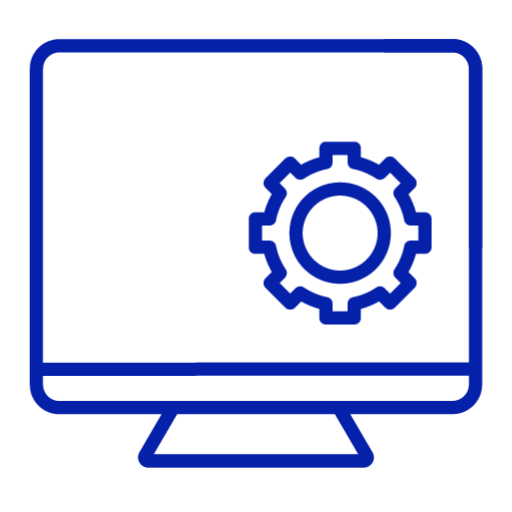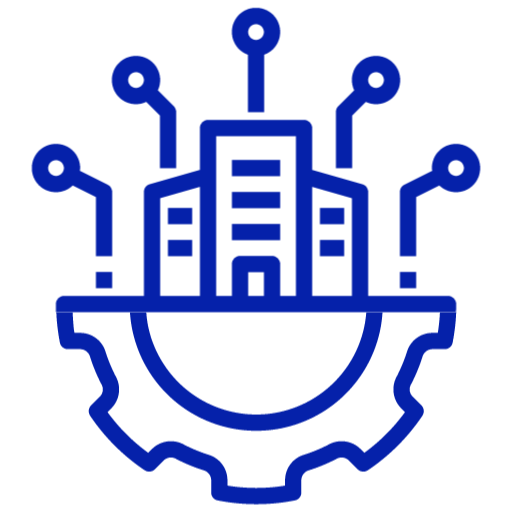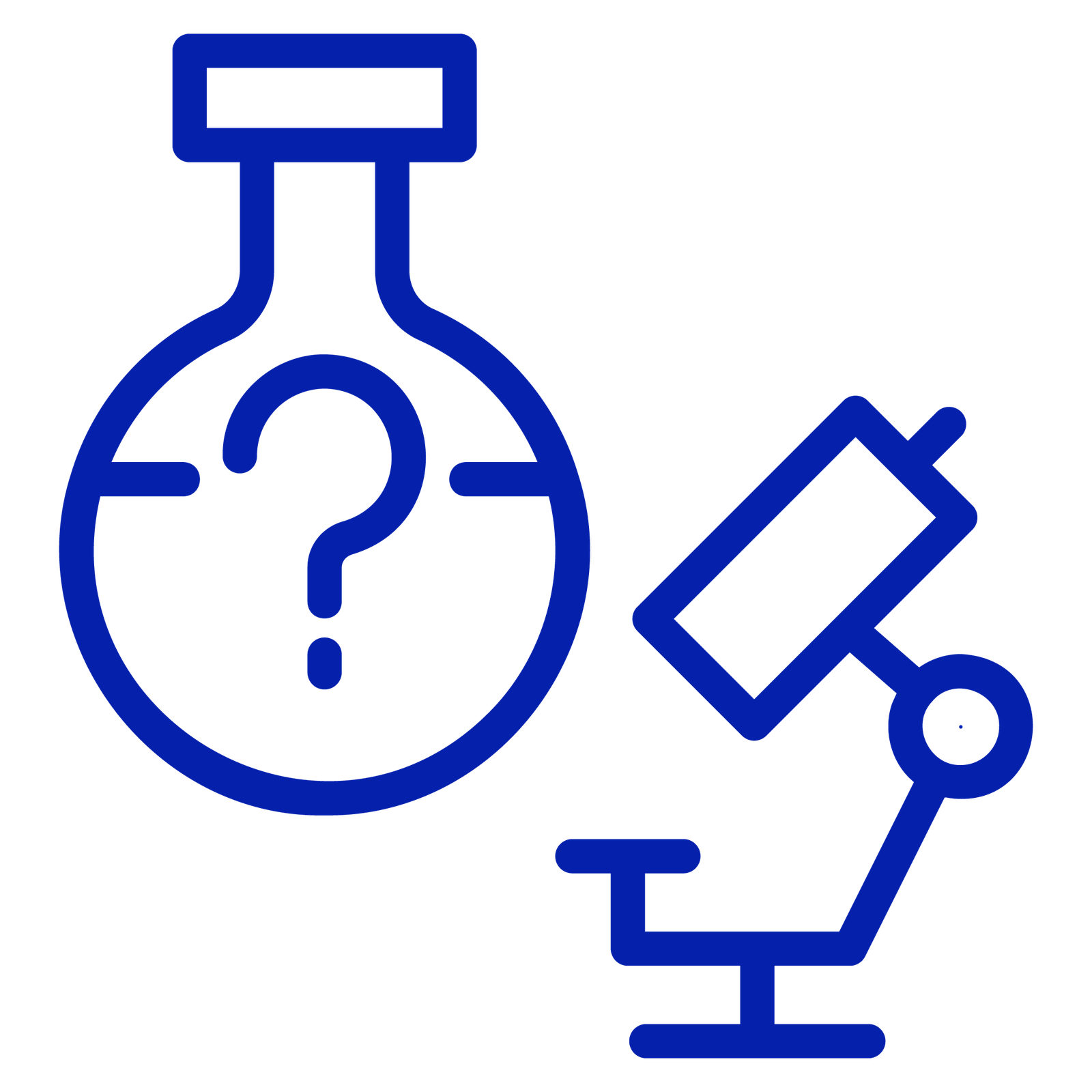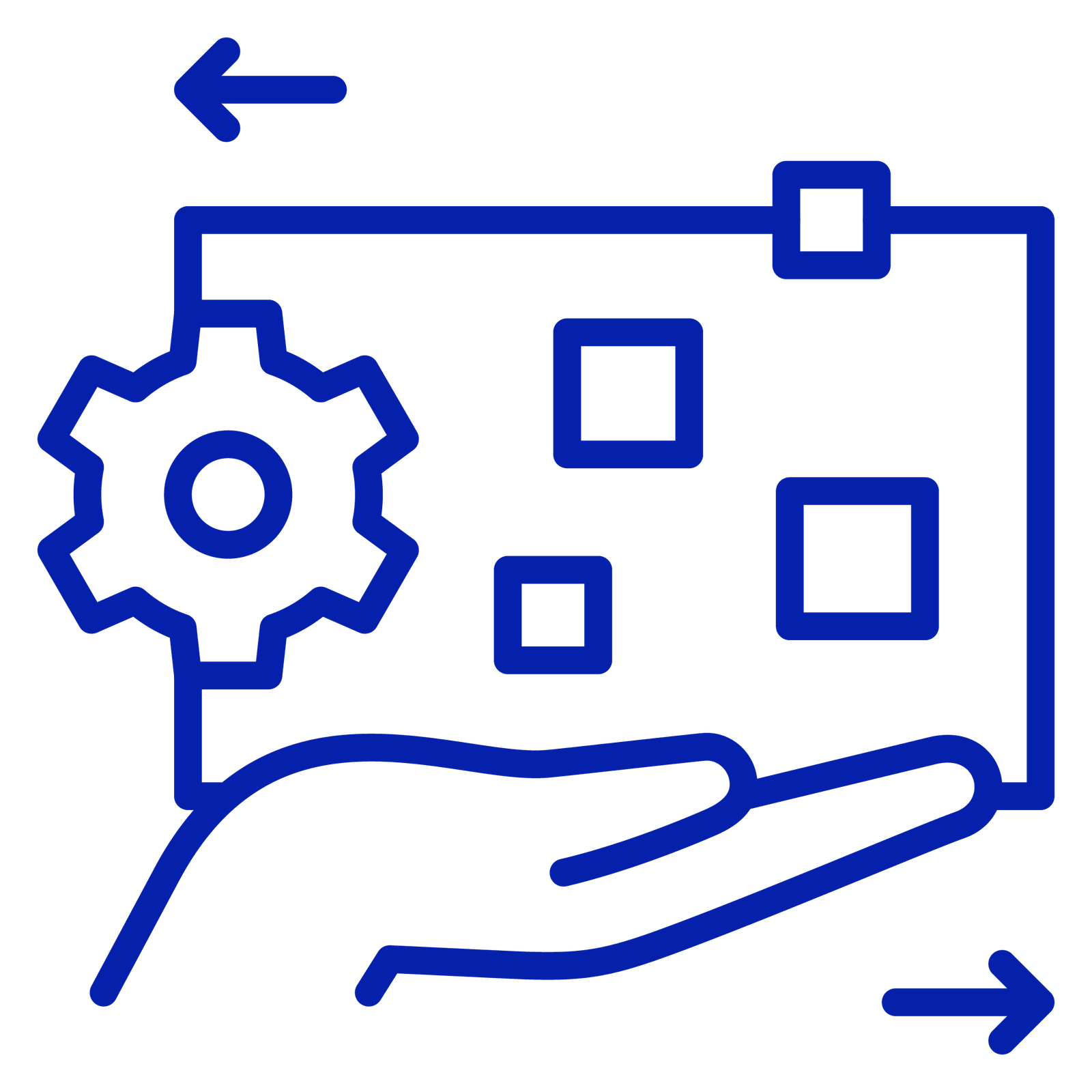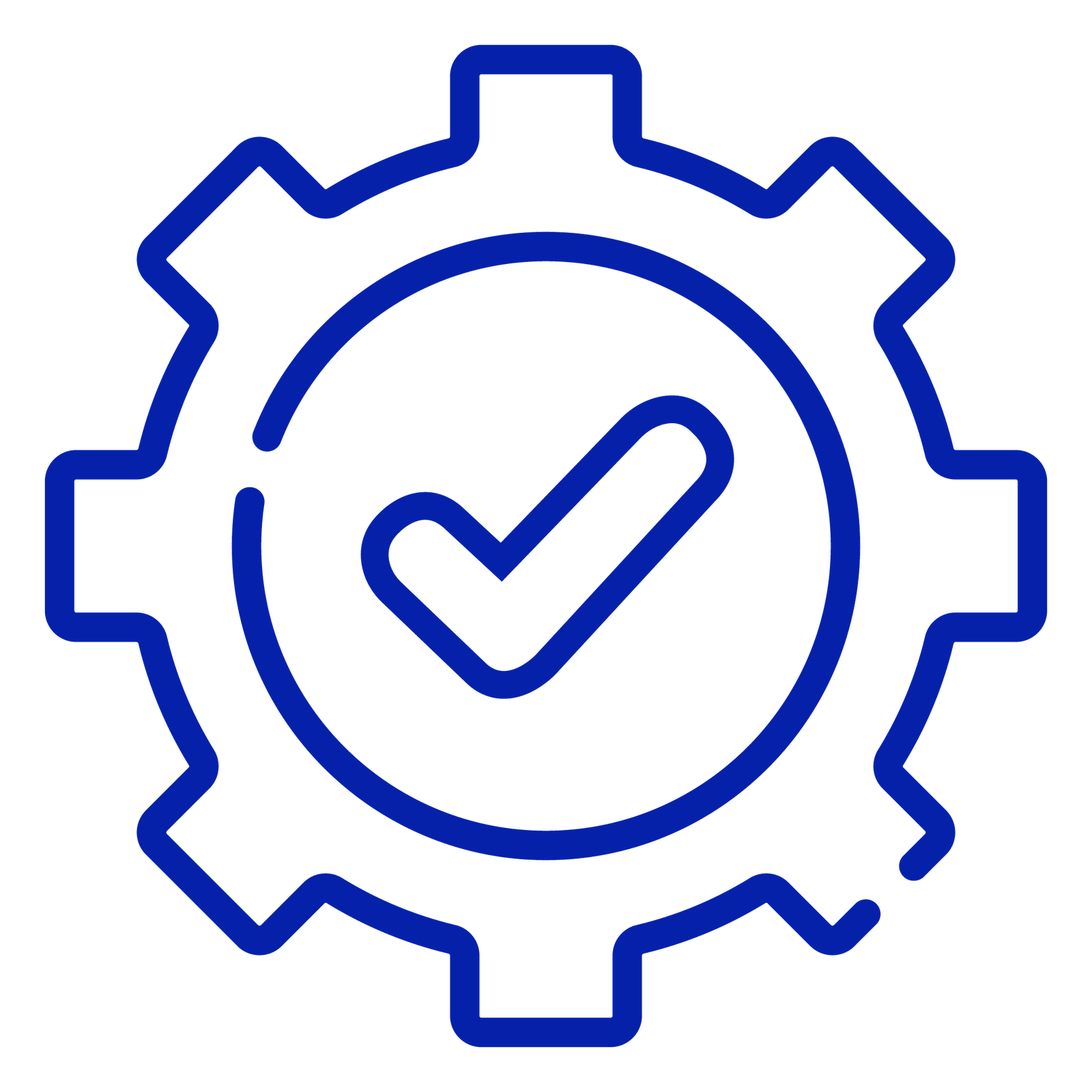Glossary
On-Premises Software
What is On-Premises Software?
On-Premises Software, also known as on-premises, is a type of software deployment model in which the software is installed and operated from the customer’s in-house server.
On-premises software is licensed per server on the user, while cloud-based software is licensed as a service (SaaS), often on a subscription basis. Examples include applications like ERP, CRM, and databases.
What are some examples of on-premises software used in pharma?
Examples of on-premises software commonly utilized in the pharmaceutical sector include:
- Enterprise Resource Planning (ERP) Software: For managing business processes and resources.
- Manufacturing Execution Systems (MES): To monitor and control manufacturing processes.
- Laboratory Information Management Systems (LIMS): For managing samples, associated data, and laboratory workflows.
- Quality Management Systems (QMS): To ensure compliance with quality standards and regulations.
What are the advantages of on-premises software for pharma?
- Enhanced Security: On-premises solutions allow for tighter security controls, reducing the risk of data breaches associated with cloud storage.
- Customization: These systems can be tailored to meet the specific needs of the organization, which is critical in a highly regulated industry.
- Faster Access: On-premises software can offer quicker data access for time-sensitive operations, minimizing delays that might occur with cloud-based solutions.
What challenges do pharmaceutical companies face with on-premises software?
- High Initial Costs: The upfront investment for hardware and software licenses can be substantial.
- Maintenance and Support: Organizations must manage their own updates, maintenance, and IT support, which can require significant resources.
- Scalability Issues: Expanding capacity may necessitate additional investments in infrastructure, which can be a barrier for growth.






